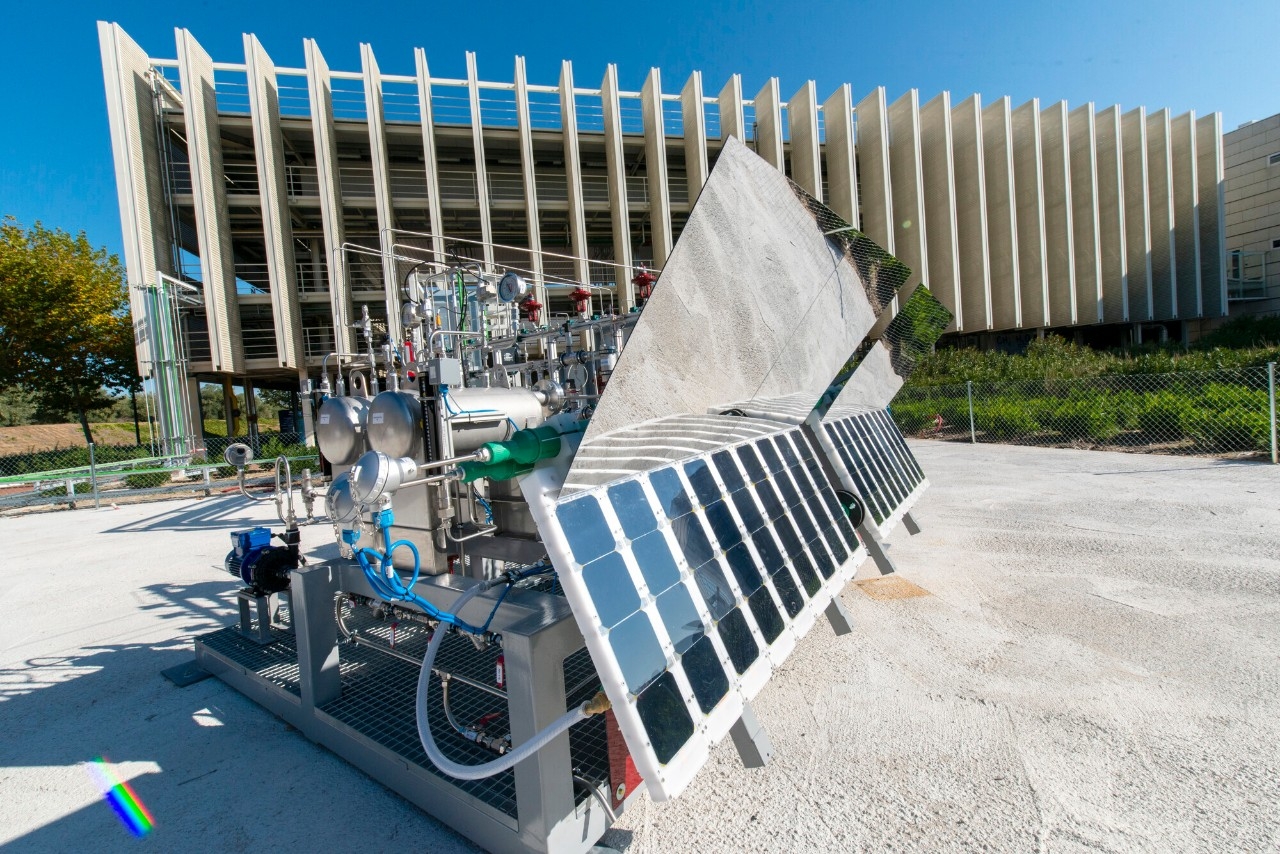Autor
Mariano Marzo
Emeritus Professor of the University of Barcelona

Authored by:
Cátedra de Transición Energética en la Universidad de Barcelona

The 2015 Paris Agreement set the objective of limiting the global average temperature rise to "well below" 2°C and ideally at 1.5°C by the end of this century. However, if we continue as we have until now, it's possible that by this date, climate change will have caused an increase of 3°C over pre-industrial levels (although recent announcements in terms of climate policy by the US and China could lower that figure).
We know today that it will be virtually impossible to turn around the upward curve of global warming by relying solely on the reduction of greenhouse gas emissions. That's not only because emissions in certain sectors, like agriculture and some heavy industry, cannot be reduced to zero in the short term, but because we also have to remove the greenhouse gases at an unprecedented level that have been accumulating in our atmosphere every year since the industrial revolution.
We have several options for doing this. For example, when biomass is burned for energy, the CO2 emitted can be captured and stored underground. This process, known as bioenergy with carbon capture and storage (BECCS), requires large areas of land—which could compromise food safety and biodiversity—and time for its large-scale development. Another option would be the use of machines that directly capture CO2 from the air, although this technology (DACCS) is currently still in the demonstration phase, and as of today, is still quite expensive.
There is also a subgroup of nature-based solutions that can be used specifically to limit global warming. Known as natural climate solutions (NCS), they aim to reduce the concentration of greenhouse gases in the atmosphere in three ways. One consists in conserving present ecosystems, for example, by preventing the disappearance of forest areas, and thereby, preventing the loss of natural carbon sinks. Another means would be by restoring former ecosystems through reforestation or the restoration of wetlands so that they may continue absorbing carbon. And the third route is to improve the management of agricultural, pasture, and wood production lands. This would reduce CO2, methane, and nitrous oxide emissions while increasing carbon capture.
Some calculations estimate that if these methods are jointly applied at a global scale, the NCSs could lead to a savings of 10 billion tonnes of CO2 equivalent per year (remember that in 2020, around four times more was emitted worldwide) that would be shared, in equal parts, between emissions avoided and the increase in the amount of carbon absorbed by natural carbon sinks. Furthermore, we must keep in mind that decades of work in the field of NCSs compellingly demonstrate that they can generate multiple environmental and socio-economic benefits at the local level, in such a way that their implementation could help not only to mitigate climate change but also to encourage citizens to embrace this phenomenon, to protect biodiversity, and to achieve sustainable development goals.
Presently, NCSs only receive a small percentage of funding destined to fight climate change, which does not reflect their true potential impact. We urgently need to up both public and private investment in high-quality NCSs, that is, those applied under strict and fully corroborated scientific, socio-economic, and fair standards. This is a crucial point because today, there are still many uncertainties when evaluating whether a project truly constitutes a carbon sink, whether it is permanent, and whether its implementation respects the social and environmental commitments required by the sustainable development goals. The upcoming climate change summit (COP26) in Glasgow in November is an excellent opportunity to make decisions relating to this topic.
Article published in El Periódico.



